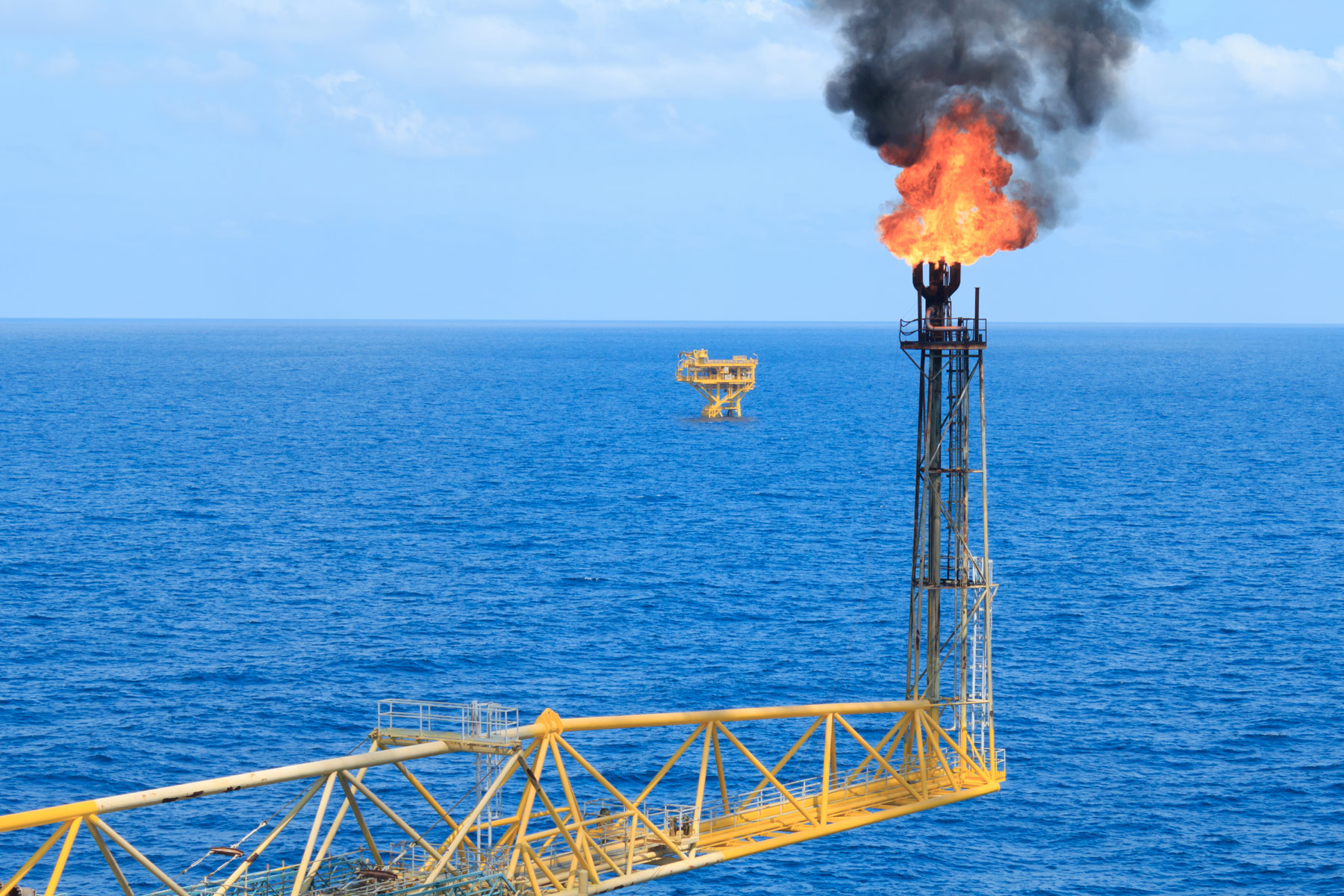Inspection and maintenance of flare tips can be very expensive and time-consuming due to strict requirements, safety, and planning that must be mandatory in the operator organization.
Historically when access is done to the tip of the flare, the condition will be largely unknown. You can get the optimal services of flare stack inspection through https://www.infrastructurepc.com/robotic-guy-wire-inspection-for-flare-stacks/.

Image Source: Google
In many cases, repair work must be suppressed without previous planning and this will often produce expanded shutdown/tar if greater work is needed. Today this is not necessary. Argo Flare service, providing inspection services “Flyby”, using professional photographers with extensive experience, and (in many cases) shuttle helicopters.
Following ‘Fly-by’, the operator receives a series of full photos and if requesting a comprehensive flare report documenting the condition of the flare tip (s). As long as the fly-by is set earlier from the planned shutdown and access to flare decks, these photos are coupled with reports, providing valuable information to help advance planning from each remedial flare maintenance.
If you find an unexpected Flare Tip problem that requires the attention of the imesies, dedicated and focused, consider our “Flare Crisis Management” service for a bespoke solution, minimizing your stopping time.
Flare maintenance
Flare is a factory / platform safety assistance device, designed to provide controlled hydrocarbon releases during travel and travel systems
This is also an environmental device (methane is greenhouse gas and ~ 20 times stronger than CO2)
If considered, the flare in-tip inspection is usually done during the shutdown and only after the flare tower or boom has been isolated
Such inspections are rare and often done by personnel without the previous flare experience. Tell tale potential potential signs can often be passed
Even if maintenance requirements are identified correctly, it is often impossible to regulate the work to be done until the next shutdown is available
